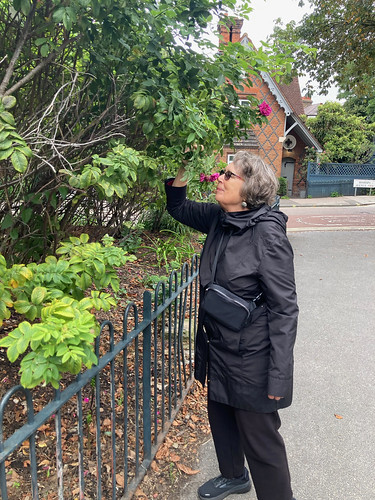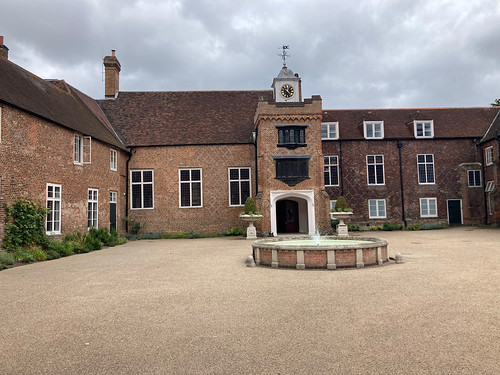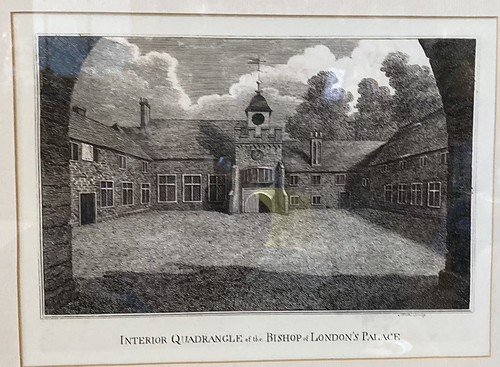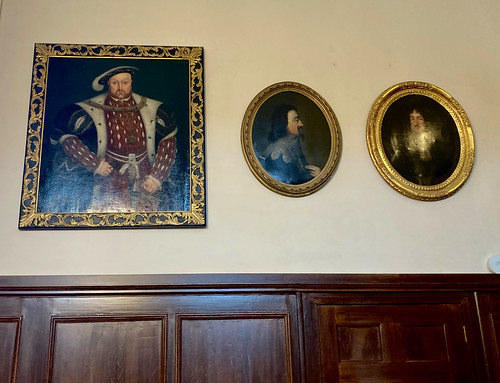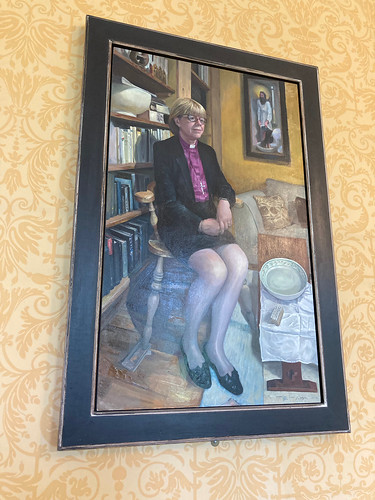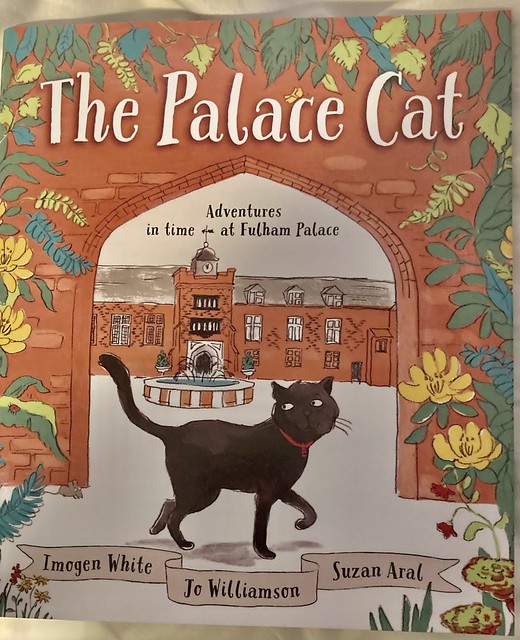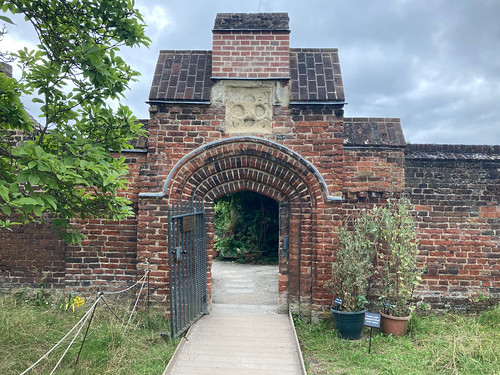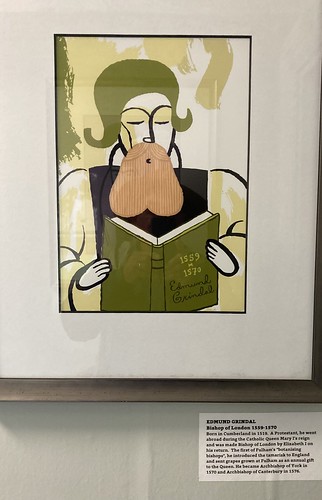London July 24
The morning after the Royal Albert Hall experience, my Macbook Pro laptop wouldnt wake up, and dealing with that crisis took priority over finding the next tourist adventure. I phoned a half dozen repair places listed on the web with nearby addresses promising immediate help but got no response, and then scurried through the neighborhood finding only vacant storefronts or locked private residences. Back at the hotel, it was a relief to hear a human voice from a place called “Computer angels” in Fulham, a remote London location. The speaker provided instructions to reach it by bus and foot which I confirmed on google maps. Jan and I agreed the setback might be compensated by getting us off the beaten track of the elegant streets of Kensington we traversed under cloudy skies to get to the bus stop
The swervy ride at the front of the double-decker passing through unassuming lively neighborhoods–a mosque, a Russian dress shop, several tatoo parlors–left us off to walk through a treeless street of middle class row houses
to the five way junction of our destination
The amiable red-bearded manager opened the lid of the laptop, held down the hidden key of the restart button for thirty seconds and the machine sprang to life. While his assistant gave the machine a thorough examination for hardware and software problems justifying the minimum charge, we chatted about Macs vs. PCs. Like Jan, the technicians preferred the latter because they could be repaired and Macs couldnt, while I preferred Macs because they didnt need repairs as was just evidenced.
At the bus stop, we were diverted from returning to Albertopolis by signs along a fence at the edge of a large park that fronted on the river.
From their rare fragrance, Jan concluded that the roses we passed were of ancient pedigree.
The walk past playgrounds and sports fields full of kids led to a strange entryway, which we entered hesitantly since there was no one in sight.
At the end of a gravelled approach, under a threatening sky, stood what looked like a medieval monastery.
Crossing another threshold we came into an austere courtyard centered upon a simple fountain surrounded by wings in different period styles.
It led to a doorway embellished with a crowned head that seemed to extend a welcome.
On the wall inside was a framed engraving with a caption revealing what we’d come upon: The Bishop of London’s Palace.
On the opposite wall an antique map showed its location within a large riverside park:
The dark wood paneled great hall to the left was appointed with furnishings and portraits conveying imperial Tudor pride and power.
But the adjoining gallery was devoted to artifacts acknowledging the economic sources of that strength and celebrating resistance to it
After absorbing the lessons of the exhibits, at the rear of the palace we found a lunch room with tall windows looking out on a spacious lawn and walled garden. It was occupied by a few elderly customers sitting on a couch and easy chairs drinking tea. A young server offered carrot soup made with vegetables from the palace garden and home-baked bread.
On the wall above the couch hung a portrait of the present Anglican Bishop of London, Sarah Mullahy, the person responsible for the controversial displays. I found out later that after being elevated to that position, she lost the local election for Bishop of Fulham by its conservative Anglican constituents, who opposed appointment of female clergy and her liberal stance on Church history. The division was reflected in a deepening schism in the International Anglican Church, ironically pitting its African and Asian majorities against its progressive British hierarchy.
The adjoining Palace bookstore featured a children’s book whose cover further familiarized the wonders of the place, presenting a time-travel narrative through its multi-century history conducted by the Palace Cat.
After lunch I headed across the lawn toward yet another portal through a wall encircling the gardens. I bent to enter the low gateway which must have accommodated the height of those who built it a millenium ago
and there encountered another mirror-like appearance:
On the other side I found flowers chosen for their beauty and herbal properties, fruit trees from ancient stock, and vegetables cooked in the lunch room and sold onsite to help finance the garden’s maintenance by volunteers.
Back outside the wall, I took a little time to sit to sit on the bench under the 500 year old Holm Oak
reportedly planted by Queen Elizabeth I’s Archbishop Grindal, a former resident whose modern portrait hangs in the Palace
and whom I remembered as the character Algrind portrayed in the 1576 poem by Edmund Spenser the The Shepheardes Calendar, which was the subject of my Ph.D. Dissertation completed 1n 1981
Our day’s excursion concluded with the walk back to the Fulham Road bus stop, the ride back to Gloucester Road and a dinner of Fish and Chips at the Hereford Arms close by the Bailey’s Hotel.





